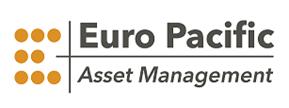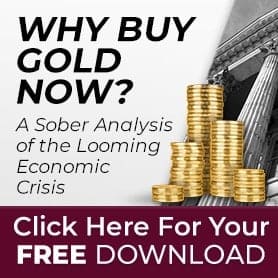Listeners’ Questions, Peter’s Answers- July 28, 2011
[youtube class=”center” id=”bZOBEm3HhEo”]
[separator style_type=”single” top_margin=”5″ bottom_margin=”5″ sep_color=”” icon=”fa-play” width=”” class=”” id=””]
Jason from Salt Lake City, Utah
I think it probably takes a lot of liquidity creation to maintain 0 percent interest rates. Is it possible to keep monetization going through a scheme whereby the bigger banks have access to very cheap money and they use that to invest in Treasuries at a higher rate? If this could happen, I think the Fed could direct QE3 without having to announce anything.
John from Niceville, FL
I’ve been working for 29 years and am invested in the government’s Thrift Savings Plan, which is similar to a 401(K) program. With gold prices steadily increasing, does it make sense to borrow $50K from my TSP account, invest $50K in physical gold, and pay back the low interest rate loan over a 5 year period with inflated dollars? Are there any tricks the government might do with my TSP account to mitigate my gains?
Luca from Genoa, Italy
If the U.S. continues the QE strategy, could the excess liquidity increase commodity prices, increase inflation in Australia, and lead to a substantial increase in interest rates by the RBA? Could QE also be negative for Chinese food and energy prices, slowing down in Chinese growth? Are these two factors likely to effect Australian employment, housing market and possible lead to a bubble or sharp reduction in asset prices?
Adrian from Sydney, New South Wales (Australia)
How will the Aussie Dollar fare in a stagflation environment? That is, will the precious metals gold and silver see the same price rises against the AUD as they potentially will against the USD?
Kristen from Boston, MA
Will you talk specifically about gold and silver prices in the short term — over the next three to six months? Where do you see the prices going during this time?










